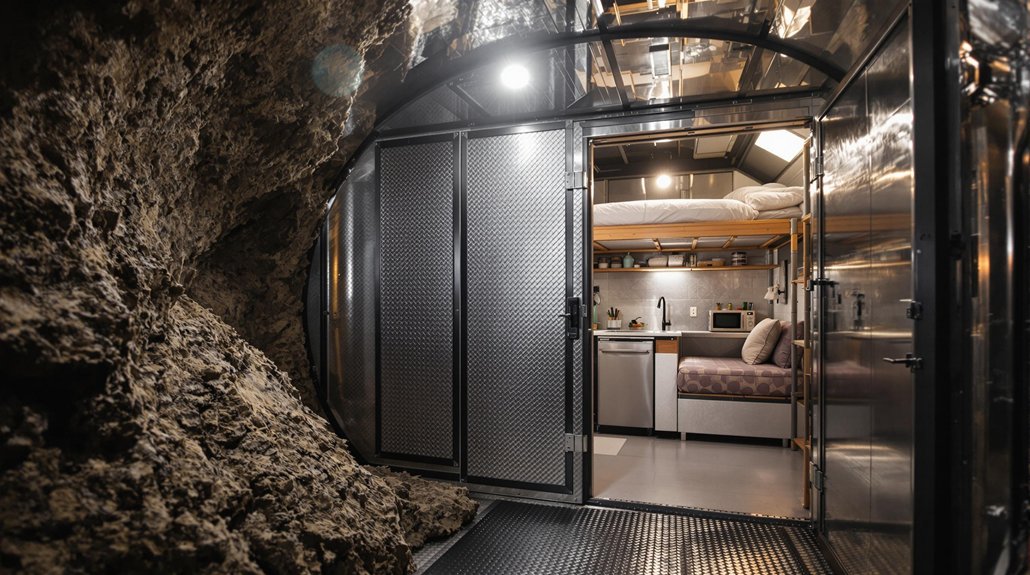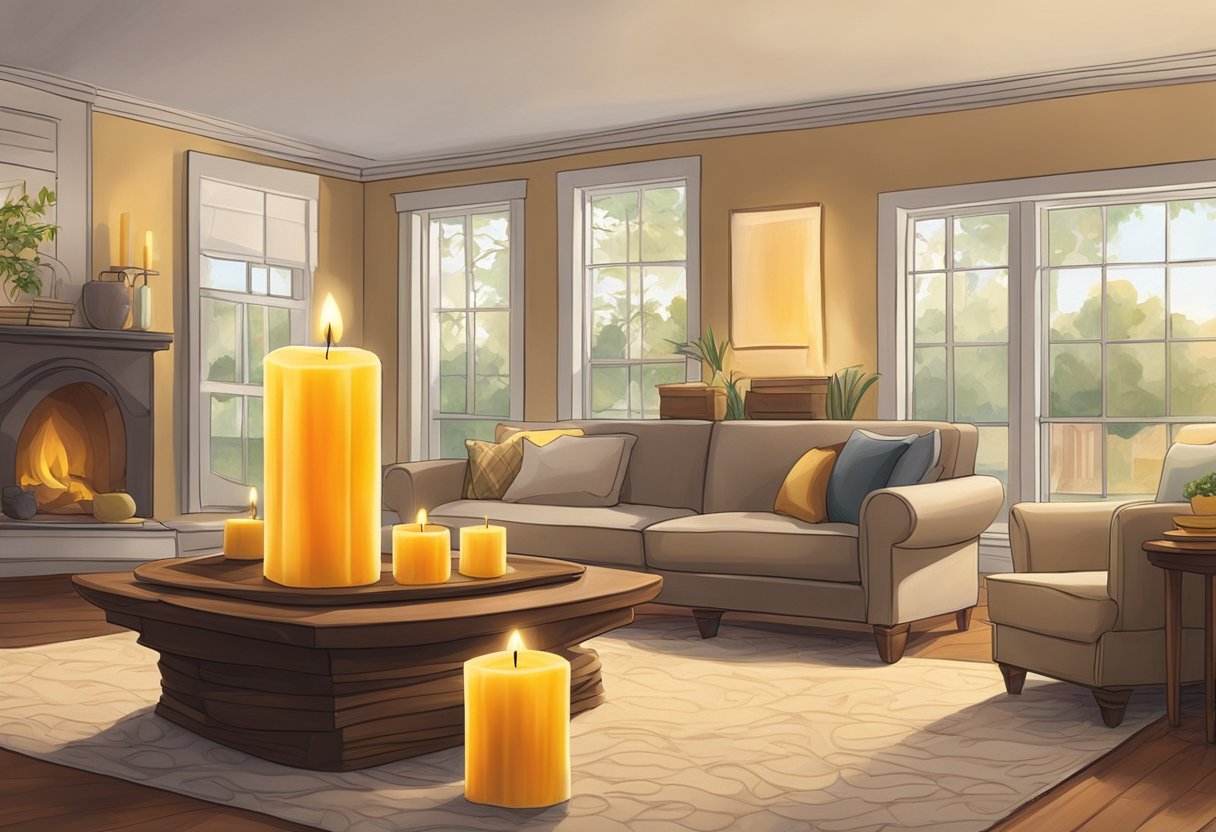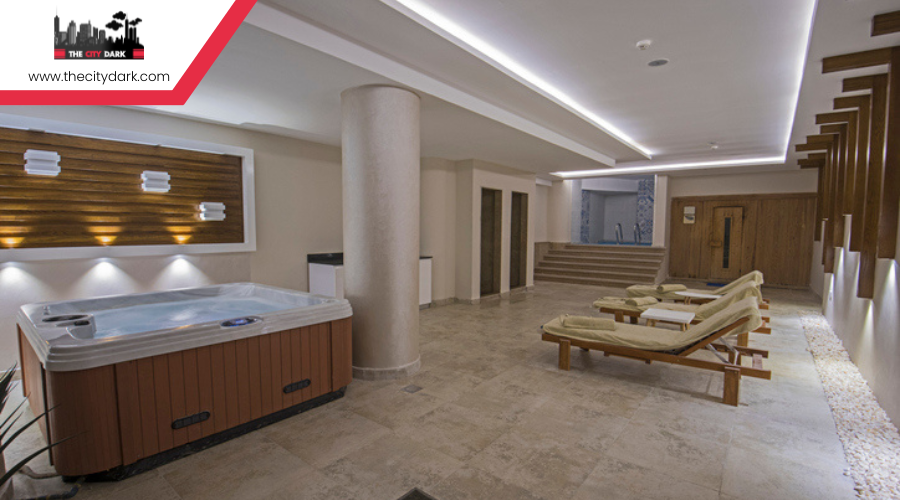Is a Tea Light Stove Worth It? Exploring Benefits and Drawbacks

Using tea lights to power a makeshift stove might sound like an unusual idea, but it has grown in popularity for its simplicity and effectiveness. A tea light stove can be made from everyday items like empty tuna cans and aluminum foil. This low-cost, easy-to-make stove can be a handy backup during power outages or for outdoor cooking.
Though tea lights are inexpensive, they do have some limitations when it comes to cooking. They provide a modest amount of heat and are best suited for simple tasks like boiling water or cooking an egg. Using multiple tea lights can increase the heat output, offering more versatility for different cooking needs.
Overall, a tea light stove is not meant to replace your regular stove but can be a practical solution in a pinch. It combines convenience and functionality, making it a worthwhile consideration for those who enjoy DIY projects or need an emergency cooking option.
Evaluating Tea Light Stoves
Tea light stoves are simple devices that use tea light candles for cooking or heating. They are portable and can be handy in a power outage or for emergency preparedness.
Benefits:
- Portability: Tea light stoves are lightweight and easy to carry, making them a good choice for camping or backpacking.
- Ease of Use: These stoves require minimal setup. Usually, a metal sheet or can holder is enough.
- Cost-Effective: Tea light candles are inexpensive and widely available.
Limitations:
- Heating Power: While suitable for basic tasks like boiling water, tea light stoves can struggle with more demanding tasks.
- Safety: Using an open flame indoors or unattended can be hazardous. Precautions are needed to prevent wax fires.
- Consistency: Different brands of tea lights can vary in burn time and heat output, making performance unpredictable.
Use Cases:
- The HERC XXL is a popular tea light oven that uses 20 tea lights, providing more consistent and prolonged heat. It’s useful for baking or slow cooking.
- Ideal for short-term cooking needs in emergencies or small meal prep during camping trips.
- Less effective for long-term cooking or if high temperatures are needed quickly.
Important Tips:
- Never leave the stove unattended.
- Always have a fire extinguisher close by when using indoors.
- Position the stove on a stable, non-flammable surface.
Tea light stoves offer a simple and affordable solution for cooking in specific scenarios. While effective in some cases, they're best accompanied by strong safety practices and realistic expectations about what they can achieve.
Pros and Cons of Tea Light Stoves

Tea light stoves offer a unique way to cook with tea lights, making them useful for certain situations like emergencies. However, they come with limitations and risks that must be considered. Let's explore the advantages and limitations.
Advantages
Tea light stoves are cost-effective. They use small candles which are cheap and easy to find. This makes them an economical option, especially for those on a tight budget. They are portable and easy to carry. Because of their small size, they are great for camping or situations where you need a light, easy-to-move stove.
In emergency situations, a tea light stove can be a lifesaver. They don't rely on electricity or large fuel sources, making them ideal during power outages or when other resources are unavailable. Lastly, they are safe for indoor use when used correctly. They can cook food or boil water indoors without producing harmful fumes, unlike some other emergency cooking methods.
Limitations and Risks
Tea light stoves come with a few fire hazards. An open flame is present, which increases the risk of accidental fires if not monitored properly. Always supervise while it's burning to prevent accidents. The wax from the tea light candles can create a mess. If the wax spills, it can be a hassle to clean up and might damage surfaces.
Temperature control can be difficult. Tea lights don’t offer the ability to adjust heat levels easily, making it challenging to achieve precise cooking temperatures. The burn time is limited. Tea lights generally don’t last very long, often burning out within a couple of hours. This can be an issue if you need to cook for a longer period.
In an emergency, while handy, these stoves might not produce enough heat for more complex cooking tasks. They are best for simple tasks like boiling water or heating small amounts of food. Use this knowledge to decide if a tea light stove meets your needs and circumstances, but always take the necessary precautions.
Design and Features
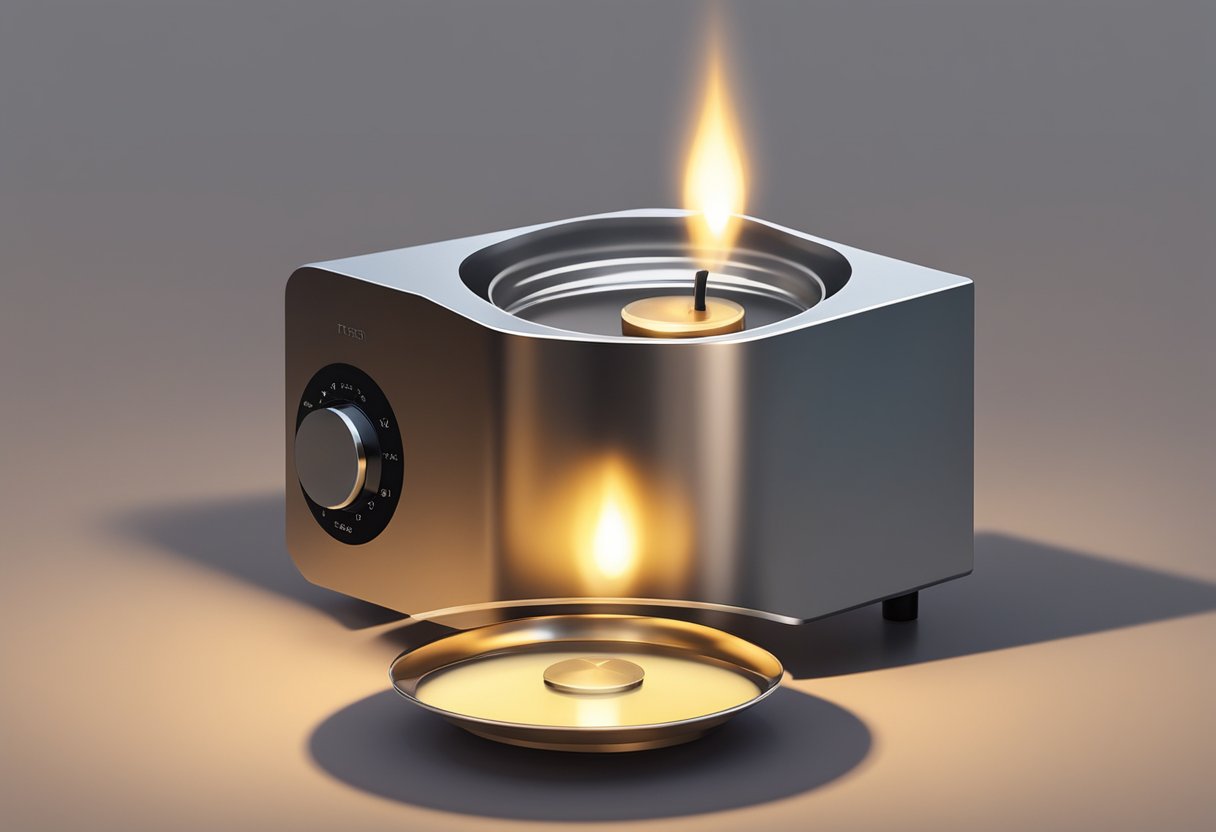
Tea light stoves are compact and efficient solutions for low-heat cooking and heating. Key factors include the construction materials, temperature regulation methods, and visibility features which ensure safety and usability.
Construction Material
Tea light stoves are commonly made from stainless steel or lightweight aluminum. Stainless steel provides durability and resistance to rust, making it suitable for long-term use and diverse environments. On the other hand, aluminum is lighter and easier to handle, which is ideal for backpacking or emergency kits. Some advanced models, like the HERC Tea Light Oven, use heat-resistant trays to hold multiple candles, enhancing their functionality.
Different designs may integrate dual-pot systems to create a convection effect, improving heat distribution. Simple designs often use aluminum foil and tuna cans, proving their versatility. Ensuring the materials used can withstand prolonged heat exposure is critical for safe and efficient use.
Temperature Regulation
An essential feature of tea light stoves is the ability to regulate temperature. This can be achieved through the number of tea lights used and the arrangement of pots. For instance, using four tea lights can provide sufficient heat to warm a small inner pot which can then radiate heat to an outer pot, creating a convection effect.
Devices like the HERC Tea Light Oven can use oven thermometers to monitor and maintain the desired temperature. Adjusting the spacing of tea lights and adding or removing candles allow users to control the heating intensity. This flexibility makes tea light stoves suitable for cooking or heating small spaces effectively.
Visibility and Monitoring
Monitoring the heat source is crucial for both safety and efficiency. Some tea light stoves feature a viewing window that allows users to check the candles and ensure they are burning properly. This visibility helps in managing the heat source without disturbing the setup.
For simpler setups, periodic checks are necessary, which can be inconvenient but ensures safety. Advanced designs may include features like a transparent heat shield or slots for easy viewing. Ensuring users can easily monitor the state of the candles prevents accidents and enables efficient use of the stove.
Performance and Use Cases

Tea light stoves are surprisingly effective for small-scale cooking and can be very useful in emergencies. They are versatile, allowing for various cooking methods, and offer a reliable option during power outages.
Cooking Capabilities
Tea light stoves offer an inexpensive way to cook simple dishes. Using multiple tea lights, they can generate enough heat for boiling water, frying eggs, or even making a simple stew.
Pros:
- Light and portable, perfect for outdoor activities.
- Low cost compared to other stoves.
- Can cook small meals if you have limited resources.
Cons:
- Open flames can be hazardous; always supervise.
- Not suitable for large meals or recipes requiring constant high heat.
Cooking with tea lights involves placing a few candles under a pot or pan. Basic setups often use empty tuna cans to hold the candles, with a piece of aluminum foil to reflect heat. This setup is good for survival cooking or camping.
Emergency Use
During a power outage, a tea light stove can be a lifesaver. It is simple and doesn't need electricity, making it ideal for preparedness. Unlike other emergency stoves, tea light stoves are quiet and don’t produce unpleasant fumes.
Benefits:
- Good for making hot drinks like tea or coffee.
- Can provide enough warmth to heat small amounts of food.
- Useful for short-term emergencies.
Limitations:
- Only suitable for short-term use.
- Requires supervision to avoid wax fires.
In emergency scenarios, having a tea light stove ensures that basic cooking needs are met. It can boil water for sterilizing purposes or prepare food to maintain nutrition during power outages. Small and simple to use, it’s a must-have for any emergency kit.
Comparison with Other Cooking Methods
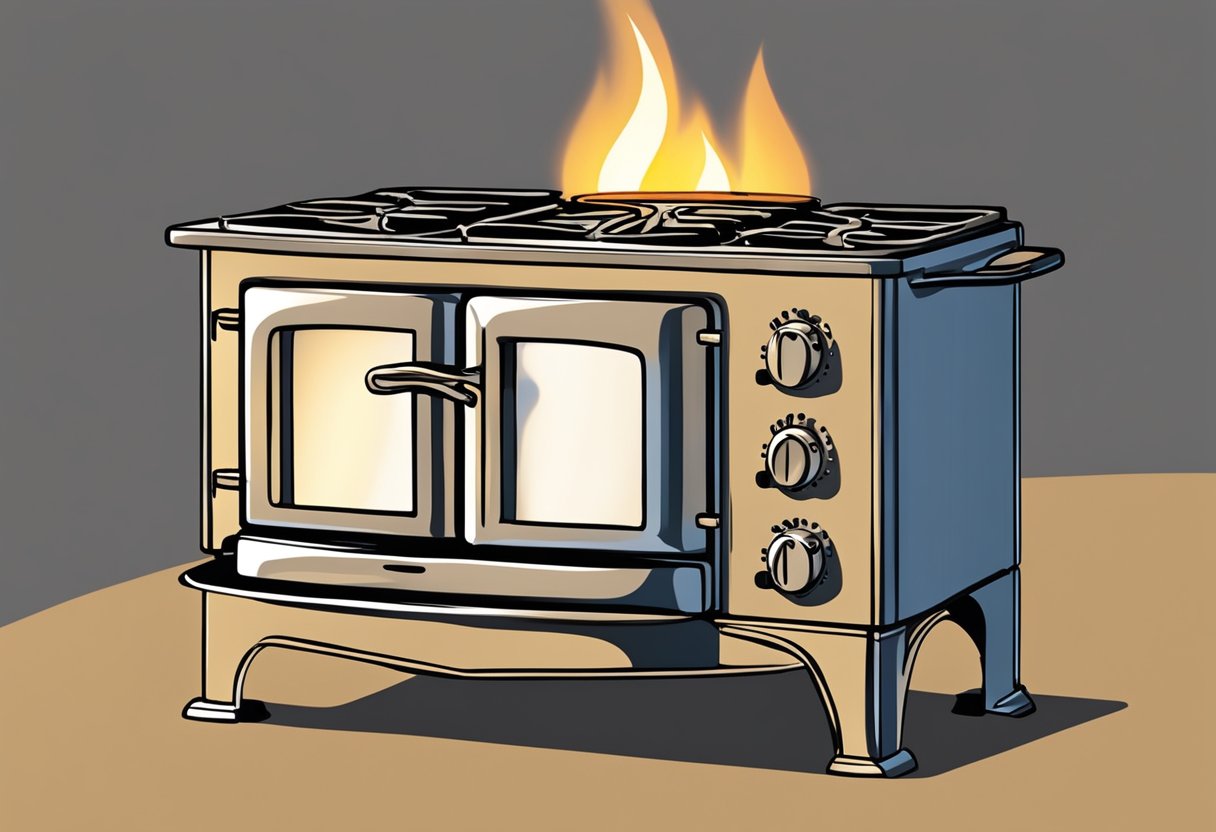
Tea light stoves are unique because they offer an alternative to conventional and portable cooking methods. Here's how they measure up to various cooking appliances in terms of practicality, energy source, and usability.
Conventional Ovens and Stoves
Conventional ovens and stoves, whether gas or electric, cook food at higher temperatures. This means food is prepared faster and often with more consistent results. Gas and electric stoves also offer more control over cooking temperatures.
In contrast, tea light stoves, like the HERC ovens, use small candles, leading to much longer cooking times. They are useful during power outages but might not be practical for everyday use. Tea light stoves might not reach high enough temperatures to cook certain foods properly.
Conventional methods are also more versatile. They can bake, broil, and roast, whereas tea light stoves have significant limitations. For instance, baking a cake or roasting a chicken would be impractical with a tea light stove.
Portable Stoves and Ovens
Portable cooking methods, including butane or propane stoves, are great for camping and outdoor activities. These stoves are lightweight, easy to transport, and can generate high heat quickly, making them ideal for outdoor cooking.
Butane and propane stoves offer better heat control compared to tea light stoves. They cook food faster and more efficiently. Unlike tea light stoves, they can handle more demanding cooking tasks, like boiling water or frying food.
Portable electric ovens, like toaster ovens and the Brava Oven, also offer more functionality. They can bake, toast, and even cook meals using light. Although portable, they rely on electricity, limiting their use in outdoor or emergency situations where power is unavailable.
In summary, while tea light stoves like the HERC have some unique benefits, they fall short in versatility and efficiency compared to conventional and portable cooking methods.
Additional Accessories and Enhancements
Adding a few extra tools can improve your tea light stove experience. The right accessories can make cooking easier, safer, and more efficient.
Baking Stones and Thermometers
Baking stones are great for even heat distribution. When placed on top of the tea light stove, they hold and spread the heat more consistently. Using an oven thermometer can help monitor and control the temperature. This is important because tea light stoves can fluctuate in heat output. Together, these tools can make baking and cooking tasks easier and more reliable.
Enhanced Cooking Vessels
Choosing the right cooking vessel is key. For frying, a small frying pan works well. It allows direct heat contact, making it easier to cook items like eggs or pancakes.m Some people recommend using the herc xxl stove, which is a type of portable oven. It pairs nicely with tea lights for baking or slow cooking. Enhanced cooking vessels ensure that the heat is used efficiently and the food cooks evenly.
Practical Demonstration and Reviews
For those curious about whether a tea light stove is worth it, examining practical demonstrations and reviews sheds light on its effectiveness and ease of use. The following subtopics delve into the platform-specific discussions and user experiences related to instructional videos and user-generated content.
Instructional Videos
Instructional videos play a crucial role in showcasing the assembly and operation of tea light stoves. Kris Johnson, a prominent YouTuber, demonstrates how to bake brownies using a HERC tea light oven. These videos often highlight step-by-step guides, showcasing how versatile and easy it can be to cook with these stoves.
Visual aids help users understand the process, from setting up the stove to achieving the right temperature. Viewers find these videos beneficial as they can visually follow along and replicate the procedures involved.
User-Generated Content
User-generated content, mainly found on forums and social media, provides real-world feedback about tea light stoves. Users share their experiences, success stories, and challenges.
For instance, someone might post a detailed account of baking an egg using a tea light stove or share cost-saving tips. These posts often include photos or short clips, which add authenticity to the discussions.
Reading through user-generated content helps potential buyers gauge the functionality and practicality of these stoves under different scenarios. This community-driven information is invaluable for anyone considering investing in a tea light stove.
Safety and Maintenance
Using a tea light stove involves safety and maintenance considerations to prevent accidents.
Fire Hazards: Tea light stoves involve an open flame, making fire hazards a real concern. Always place the stove on a nonflammable surface. Keep flammable materials away to avoid accidental fires.
Emergency Preparedness: In case of emergencies, have a fire extinguisher or a bucket of water nearby. This can help quickly address any unintended fire accidents.
Regular Cleaning: Regular cleaning ensures the stove functions efficiently. Ashes and residual wax should be cleared frequently to prevent buildup that could obstruct air flow or increase the risk of an open flame spreading.
Ventilation: Ensure there is adequate ventilation. Poor ventilation can lead to a buildup of harmful gases. Ventilation reduces the risk of these gases causing health issues.
Pot Safety: The terra-cotta pots used need to be checked regularly for cracks. A cracked pot can break under heat, creating a fire hazard.
- Checklist for Maintenance:
- Ensure ventilation
- Regularly clean ashes and residue
- Check pots for cracks
- Keep flammable items away
Practicing these safety and maintenance steps helps ensure the safe use of tea light stoves.
Final Thoughts
Tea light stoves offer a unique and portable cooking solution. They are small, lightweight, and easy to set up.
Advantages include their simplicity and low cost. Tea lights are widely available and inexpensive. Additionally, these stoves are perfect for emergency situations, such as power outages or when camping.
Drawbacks should not be ignored. Tea light stoves generate limited heat. Cooking takes longer compared to traditional camping stoves.
For those in cold climates or needing to cook larger meals, tea light stoves may not be practical. On the other hand, they can be very useful for short trips or backup purposes.
Whether one finds a tea light stove worth it depends on their specific needs and situations. While not replacing more robust options, tea light stoves can fill a niche for certain users.

